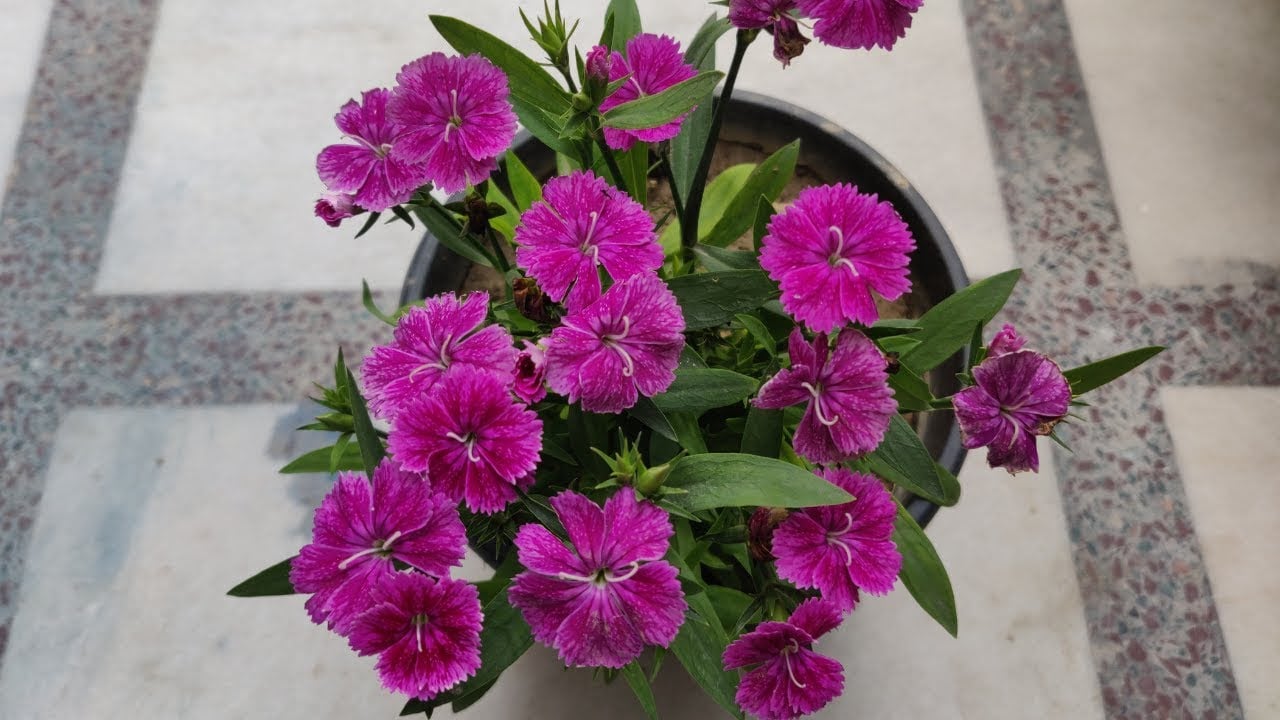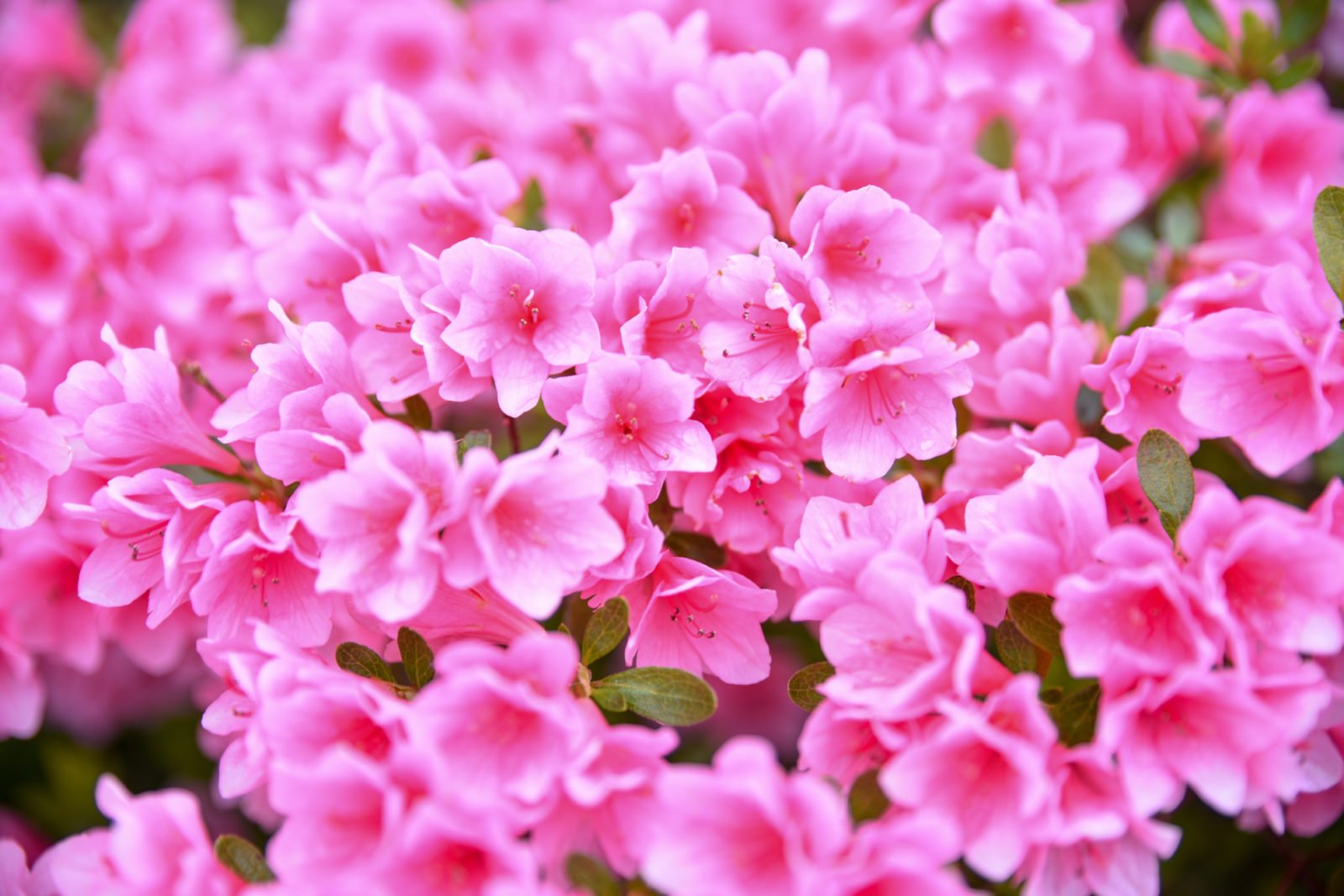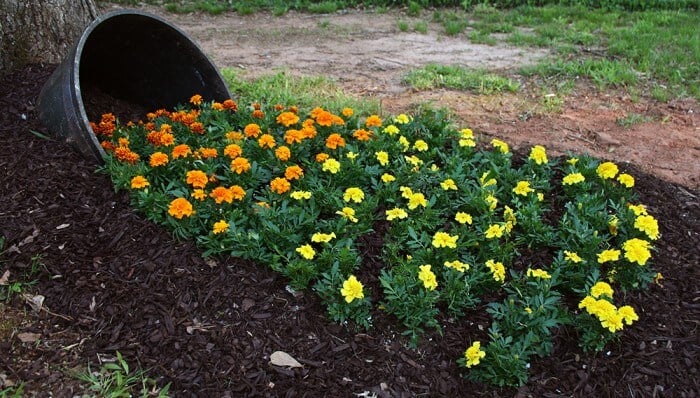8 Common Problems with Growing Salvias and It’s Solutions
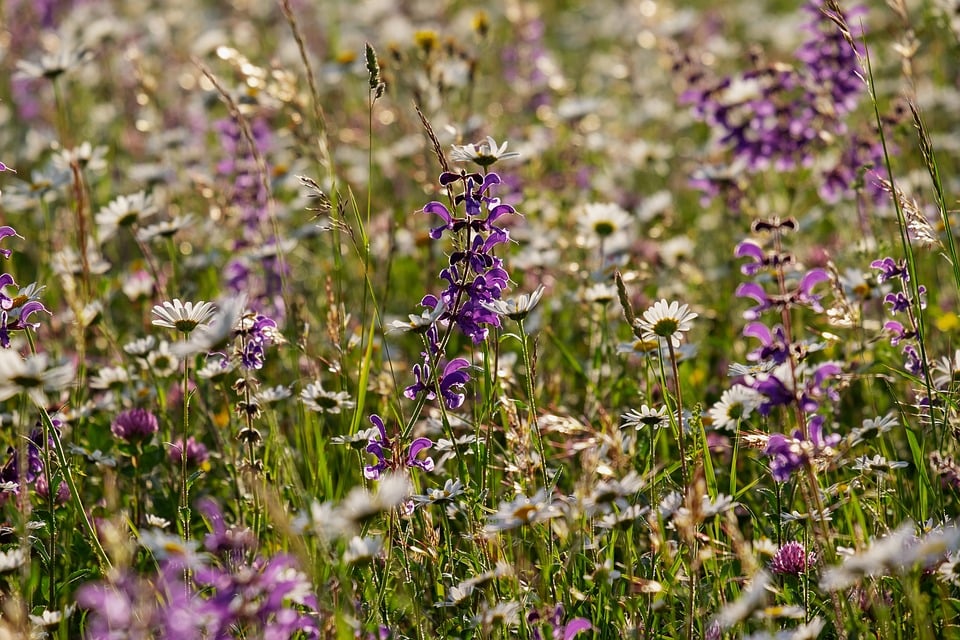
Table of Contents
Salvia is a popular garden flower since their flowering period is extremely long. You will find variety in the genus Salvia’s bloom, colour, fragrance, and plant habits. Salvias provide you with an edible yield attracting many valuable insects and pollinators like bees, Lepidoptera, hummingbirds, etc. Wildlife like rabbits, deer, and more stay away from salvia plants, so that’s one less thing you have to worry about. This genus includes herbs, shrubs, or subshrubs; this genus contains low-maintenance and easy-going plants, perfect for any garden.
Once the salvias have been planted, it is up to you to make sure these plants thrive. Do not worry; any problems with growing salvias have a solution for you to use. In this article, you will find the common problems with salvias plants and how to counter them, ensuring your salvia plants and other plants flourish.
About the Salvia Plant
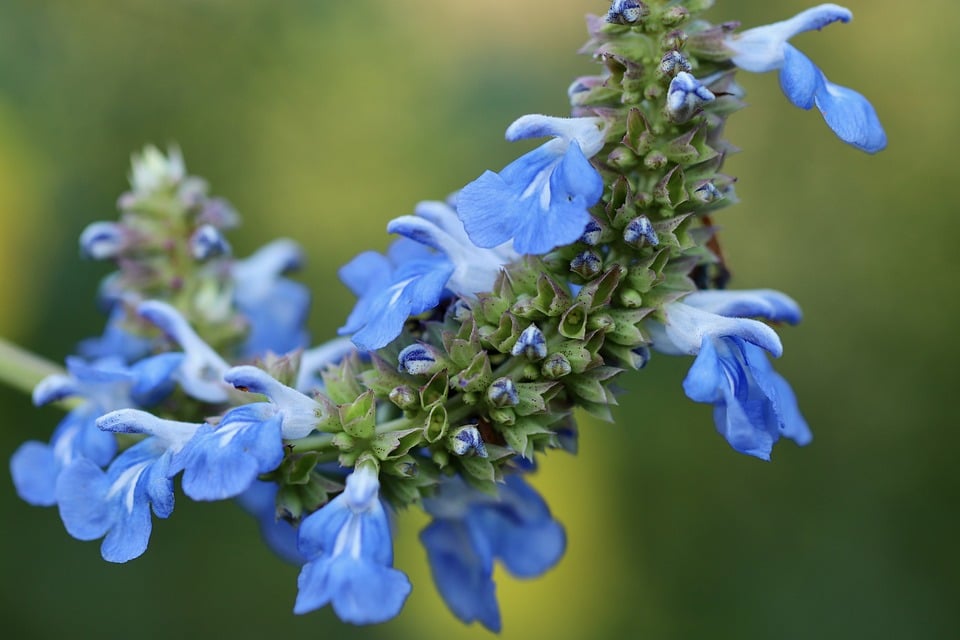
The Salvia genus is part of the Lamiaceae family or sage family. They are native to China, the Americas, and the Mediterranean region. They are used as herbs or ornamental plants and ornamental and aromatic foliage. These plants attract many different pollinators and boost the biodiversity of your garden, thus making it more beautiful and resilient. The four main kinds of salvia are annuals, tender perennials, herbaceous perennials, and shrubby.
Brief Overview of The Salvia
- Scientific Name – Salvia
- Common Name – Sage
- Plant – Perennials / Annuals
- Hardiness – H3-H7
- Flowers – Many colours
- Sun – Full sun or light shade
- Height – 0.5 – 1 m
- Spread – 0.5 – 1 m
Why Should You Pick Salvia Plants?
Salvia plants grow well in the full sun and prefer a south-facing spot. There are also some varieties that can grow with partial shade. Salvia plants thrive in free-draining conditions. These low-maintenance plants are ideal for any garden. Some varieties can stay in the ground during winter, while some need to be overwintered.
To protect your salvia from winter, you should bring the container-grown plants inside, protect outdoor plants from rain and winter, keep the plant’s foliage, and put down some mulch during the winter months. Horticultural fleece can also be used if necessary. You can prune or cut back in the spring but not in autumn because dead stems should be kept for wildlife.
Sage is a hardy perennial salvia plant that grows leaves throughout the year. If you plant sage, you can even harvest after the first year. Use secateurs or scissors to harvest for immediate use or keep it stored for later use. Either way, your kitchen will never run out of sage ever again. Harvest in the spring or summer before the salvia flowers. After flowering, the foliage’s aroma is not as strong as before and harvesting this late in the year can cause problems for your plants’ health in the long term.
Salvia plants are a perfect choice whether you are a beginner or an expert gardener. There are several varieties to pick from, and they are easy to take care of.
Common Problems with Salvias Plants
Salvia plants are easy to take care of, and you do not have to worry about pests and diseases. But things like environmental conditions and improper care will cause your plants not to survive. So, let’s see what problems can affect your salvias and how to counter them.
1. Poor Flowering
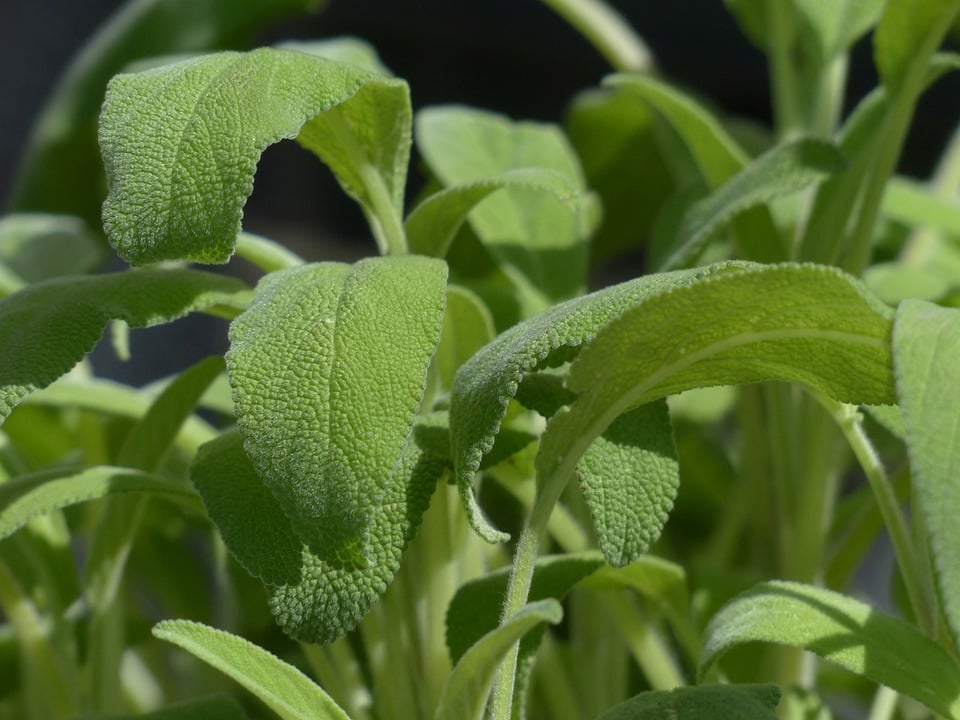
If your salvia plants are not flowering correctly, a number of issues could be the culprit, but the most likely cause is that the salvias have been planted in the wrong spot and are not getting enough sunlight. You should move your salvia to a location which receives more sunlight. Make sure to know when the salvia flowers when moving them.
2. Short Flowering Course
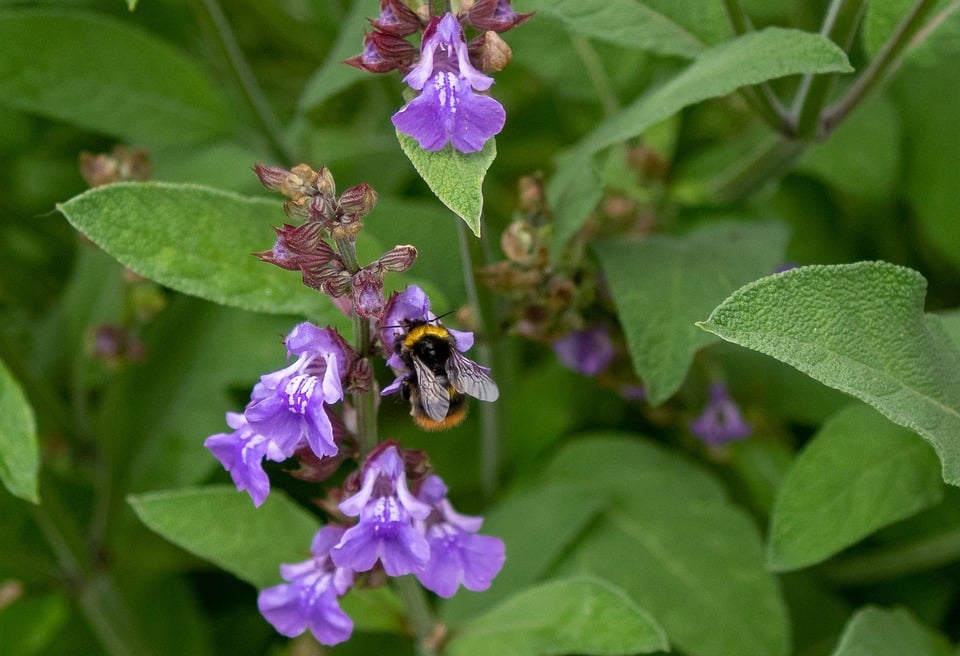
Salvias have a long blooming period during the summer. If you do not deadhead the salvias, then they will have a shorter flowering period. This happens because the plant focuses on seeds rather than flowers. Deadheading will prolong the flowering period, and you will enjoy the blooms.
3. Leggy Plants
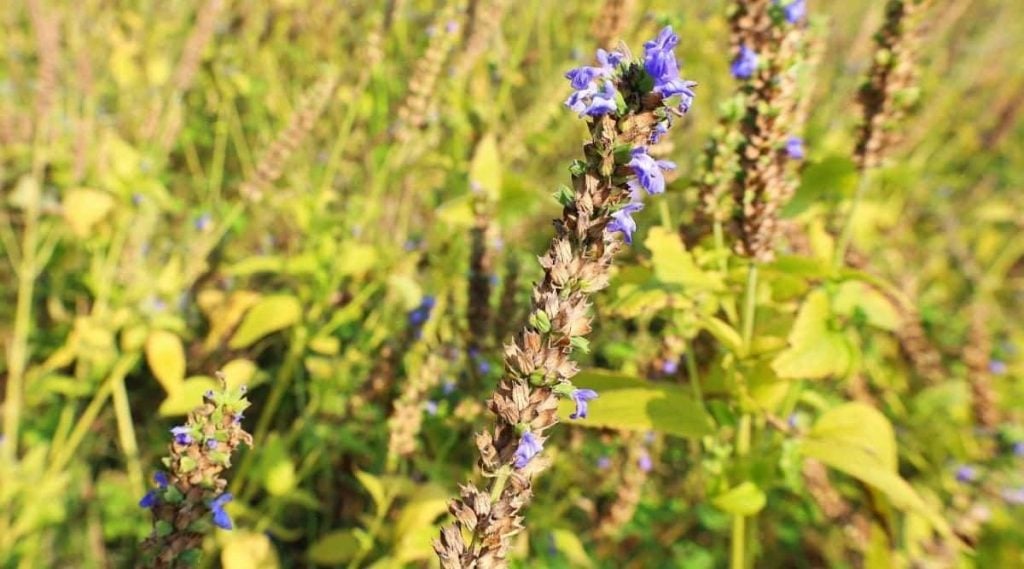
Salvias plants may become leggy, which is due to irregular watering. Water your salvia plants regularly and have a consistent watering schedule. Another explanation is the lack of sunlight. Salvia plants need to grow in fully sunny areas. If they are under partial shade, the stems and leaves become leggy as they try to reach for the sun. Move your salvias plants to a more sunny spot. After a few weeks of adjustment, the new growth will not look leggy or stretched out.
4. Root Rot
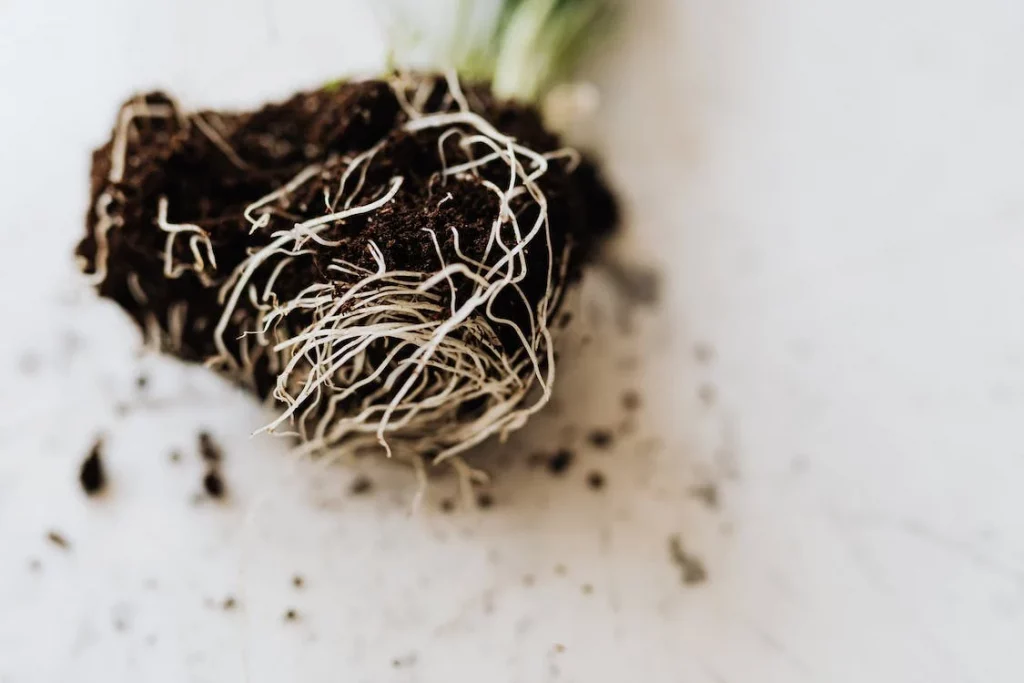
As one of the popular problems with salvias, waterlogging can damage the salvia roots, which causes root rot and fungal issues to fester. Your salvia will start showing wilting leaves, stunted growth, and yellowing. You must ensure excess water can drain away easily, whether your salvia is growing in containers or on the ground.
5. Floppy Salvia Plants
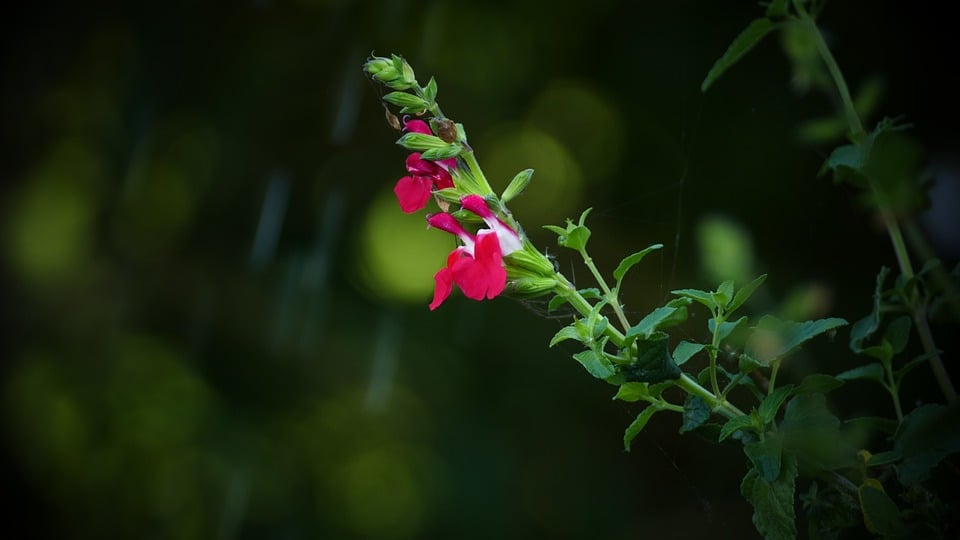
If your salvia plants are floppy, the cause for this is too much rain or not enough sun. The constant rain causes the salvia to become waterlogged, meaning the root system is compacted and does not have enough oxygen. The salvia’s leaves and stems fall over due to the water’s weight. Give your plants a break from the constant watering; you can even stake or cage your plants for extra support if needed.
6. Winter Damage
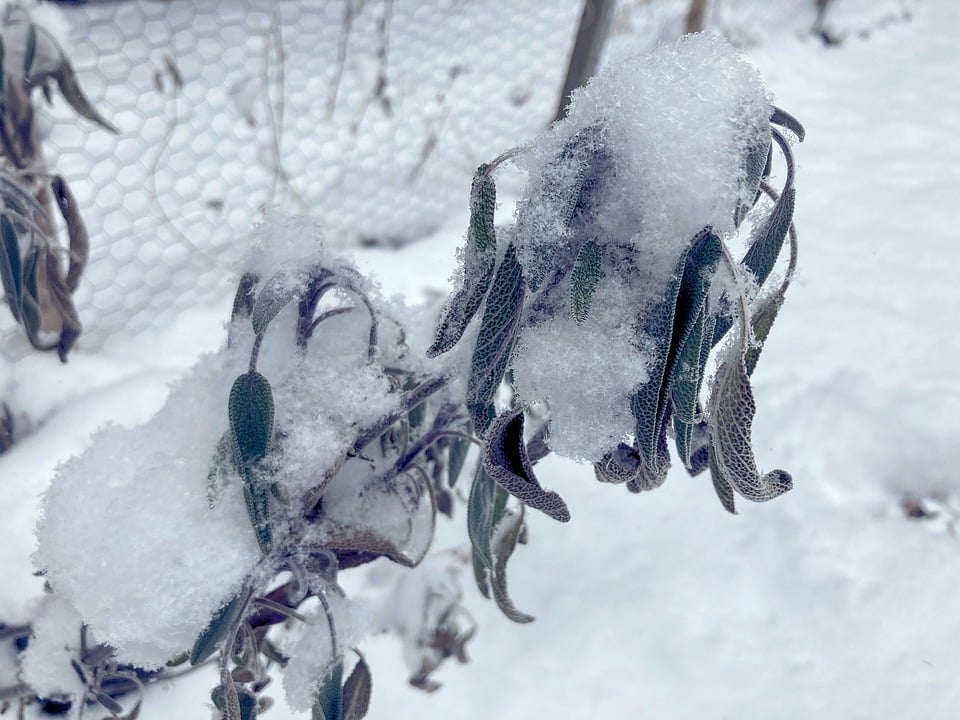
Frost can damage the tender salvia plants. The tender salvias must be kept safe during the winter months. Sometimes, the plants will have new growth in spring, even if they have been affected by the frost. But if there are no signs of growth by June, then likely the plant has died. For overwintering the tender salvias, mulch should be around the plants and around a 10 cm layer of well-rotted manure or organic material if you live in milder weather areas. If you live in harsher weather areas, you should place the tender salvias in pots underneath some cover or indoors during the winter months. If your salvias have borderline hardiness, do not cut them during autumn.
7. Brown Stems
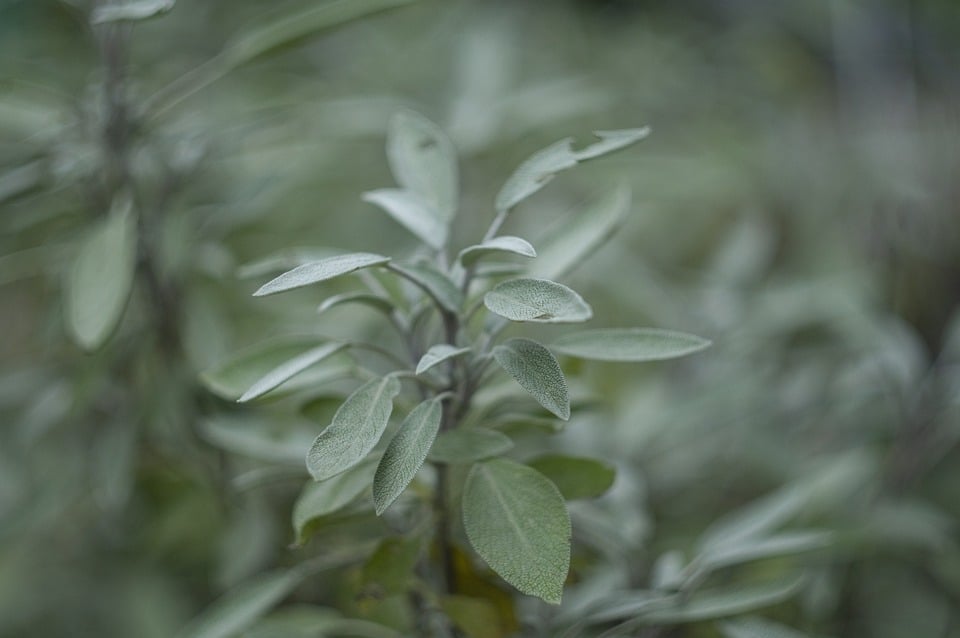
If the stems and leaves turn brown, overwatering is the cause. Overwatering due to too much rain or an irregular watering timetable will make stems turn brown and rot. Eventually, the leaves will become brown. To counter this, dry out the soil in between waterings. Lack of water will make the stems and leaves turn a light brown colour and become crispy. Quickly remove the crispy foliage and begin the watering schedule.
8. Pests

Salvia plants do not have a pest problem, but there are a few exceptions, including Japanese beetles, garden aphids, caterpillars, etc. If you see any of these pests on your salvia plants, remove or hose them off immediately.
Things Required to Grow Salvias
To minimise any issues when growing salvias, you must start with the right instruments.
1. Salvia Plants
You can buy salvia plants to grow in your garden.
- Salvia Nemorosa Salvatore Deep Blue Garden Plant
- Salvia Plants Garden Ready Hardy Perennial
- Salvia pratensis Plants
- Salvia ‘Cherry Lips’ Sage Hardy Perennial Flowering Garden Plant
2. Salvia Seeds
Salvia seeds are also available to purchase so that you can start planting.
- Salvia Seeds Blaze of Fire by Country Value Flower Seeds
- Salvia Viridis Bouquet Mixed Seeds. Clary Sage
- Salvia Sclarea VAR.turkestanica Alba 1 Packet (20 Seeds)
- 100 Salvia Nemorosa Violet Queen Seeds
3. Pots or Containers for Salvia Plants
When you plant salvia in pots or containers, make sure there is good drainage.
- 6Pcs Plastic Flower Pots
- 50Pcs 15cm Plastic Plant Flower Pots
- 10Pcs Plastic Flower Pots
- 6Pcs Plastic Plant Pots
4. Compost for Salvia
With good compost, your salvia plants will grow and bloom perfectly.
- 5L Organic Multi-Purpose Compost Soil Bag
- Miracle-Gro All Purpose Compost, 40 Litre
- Miracle-Gro PEAT FREE PremiumBorder Booster
- 60L Multi-Purpose Compost Soil Bag
Tackling Common Problems of Salvias
All in all, salvia plants are resilient, especially regarding watering issues, pests, and climate adaptation. They are a popular plant in the UK because of their easy-going nature and low maintenance; there are many varieties for tender and hardy salvias. Salvias attract many beneficial pollinators, giving a good fruit and flower yield. They can be planted in the ground and in containers or pots, along with good drainage. Salvia can be planted in many garden types, from sunny woodland or forests to a kitchen or herb garden, to tropical gardens.
However, problems with salvias include poor flowering, leggy plants, short flowering periods, root rot, floppy plants, brown stems, winter damage, and pests. You should identify the problem immediately, destroy it, and take preemptive steps for further problems.
As long as you keep an eye on your salvia plants, you can keep them healthy and happy in your garden.
Just a few extra steps in your gardening routine will keep your garden blooming all year round.

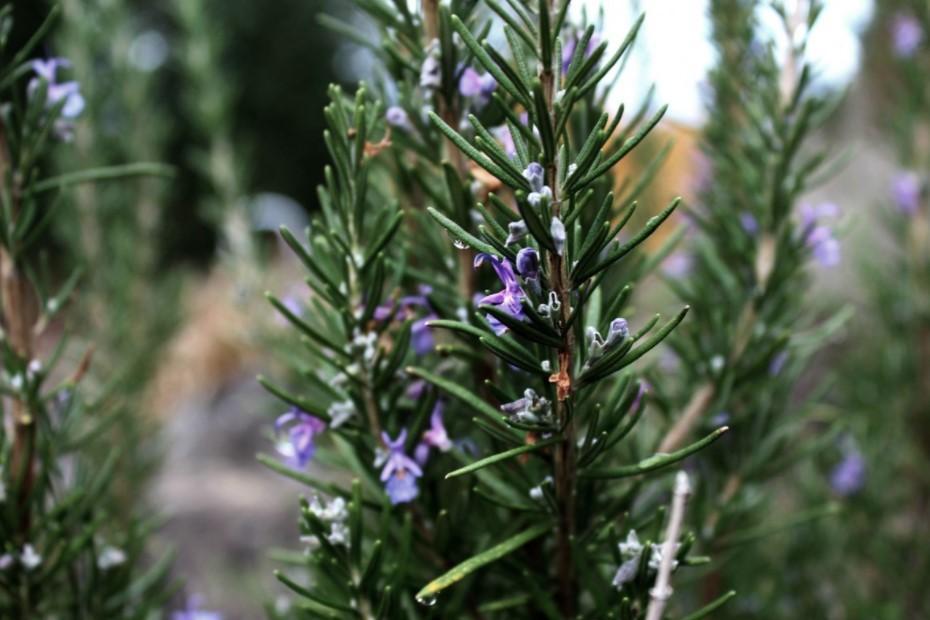
![How and When to Prune an Apple Tree [UK]](https://staging.thearches.co.uk/wp-content/uploads/How-And-When-To-Prune-An-Apple-Tree.jpg)
